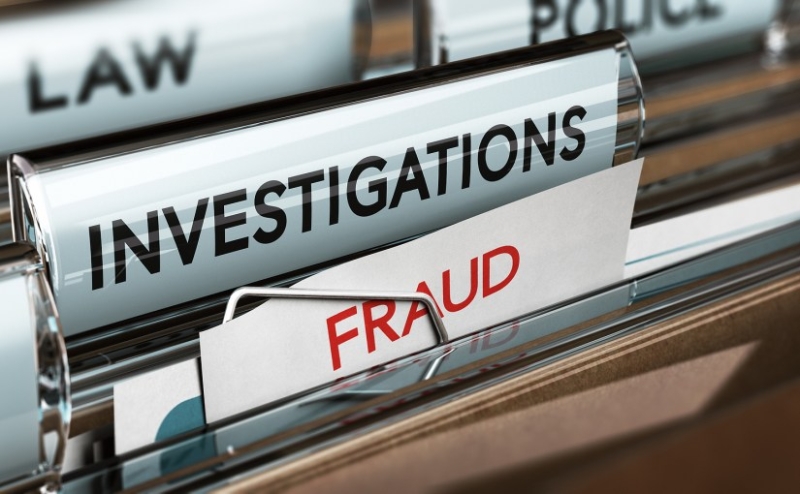
The U.S. Environmental Protection Agency (EPA) is modifying the Toxic Substances Control Act (TSCA) regulation imposing reporting and recordkeeping requirements for perfluoroalkyl and polyfluoroalkyl substances (the Rule) to delay the reporting period by eight months. The Rule, as finalized last year, included a reporting window that would open on November 12, 2024, and close for most companies on May 8, 2025. EPA is now delaying the submission period by eight months. With this delay, the reporting period will open on July 11, 2025, and close, for most companies, on January 11, 2026. EPA is also making a technical correction to address a typographical error in the Rule’s text, and the delay and correction are being announced as a direct final rule that will become effective within 60 days of publication unless the agency receives an adverse public comment within 30 days of publication.
Background on the Rule
As discussed in our previous alert, the Rule sweeps broadly to require reporting on the manufacture (including import) of PFAS in any amount between 2011 and 2022. Companies that imported PFAS-containing articles during this period are also in scope, though these companies can report using a streamlined form. The Rule does not incorporate exemptions typically applied in other TSCA rules, such as for byproducts, impurities, or for most research and development (R&D). The Rule also does not incorporate a de minimis volume threshold. In-scope companies must report online through EPA’s CDX portal.
EPA’s Justification for the Delayed Submission Period
With the 8-month delay, the submission period will begin on July 11, 2025, and, for most companies, end on January 11, 2026. This submission period will end on July 11, 2026, for article importers that are considered small manufacturers. To justify the delay, EPA stated in the preamble that it “is compelled to take this action in response to constraints on the timely development and testing of the software being developed to collect information pursuant to this reporting rule (i.e., the rule’s reporting application).” EPA also cited the agency’s increased responsibilities in implementing TSCA as amended by the 2016 Frank R. Lautenberg Chemical Safety for the 21st Century Act and EPA’s reduced funding as reasons for the delayed reporting period.
Technical Correction in the Regulatory Text
In addition to the delayed reporting period, EPA is correcting a typographical error in the Rule’s paragraph at 40 CFR 705.15(f)(1). Subpart (f) in 40 CFR 705.15 requires companies to submit all existing information concerning the environmental and health effects of a reported PFAS, and paragraph (f)(1) states that each “published study report” submitted on such effects must be reported using Organization for Economic Cooperation and Development Harmonized Templates (OHTs). EPA is amending this requirement to apply to “unpublished study reports,” since, as discussed by EPA in the preamble, requiring OHTs for published study reports was not the intent of the Rule. However, it should be noted that article importers using the streamlined article importer reporting form are not required to submit the information described in subpart (f) in 40 CFR 705.15.
These Changes Are Being Made as a Direct Final Rule
EPA is taking direct final action to implement the delayed reporting window and technical correction because the agency views this as a noncontroversial action and anticipates no adverse comment. This direct final rule is scheduled for publication in the Federal Register on September 5, 2024; the direct final rule will then become effective 60 days after publication unless EPA receives an adverse comment within 30 days of publication. If an adverse public comment is received, EPA will publish a withdrawal in the Federal Register informing the public that the direct final rule will not take effect.
© 2024 Beveridge & Diamond PC by: Mark N. Duvall, Ryan J. Carra, K. Russell LaMotte, Robert T. Denney of Beveridge & Diamond PC For more news on EPA Reporting Deadlines, visit the NLR Environmental Energy Resources section.






